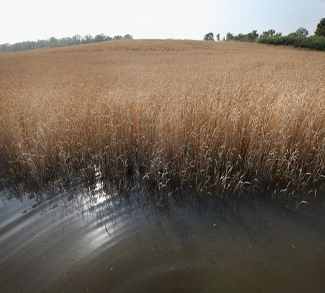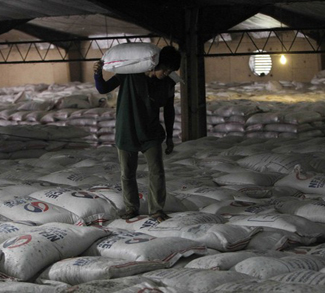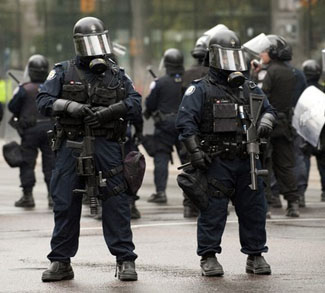FORECAST
The food crisis of 2008 was never resolved; it was merely put on hold by a global financial meltdown. Now, any serious discussion on a sustained economic recovery should take for granted that food prices will once again spike, bringing about a cascade of geopolitical consequences.
The sheer number of upward pressures on food prices makes it difficult to imagine a scenario that doesn’t have them spiking rather dramatically over the next few decades. This will result in not only an increase in global poverty, devastating some of the most vulnerable populations in the world, but it will also put stress on the new social contract that has emerged in certain rising powers- particularly the development-for-autocracy consensus in China.
The troubling thing about these price pressures is that they tend to be more systematic than transitory. In other words, no matter what happens, we’ll be grappling with them once more whenever the global economy truly emerges from the wreckage of 2008. Climate change, for example, with all of its potentially devastating supply-side effects poses a problem that cannot be expected to be resolved or simply ‘go away’ any time soon. Energy security is another, as a recovery in the price of oil can be expected to once again make biofuels into a lucrative business, impacting the amount of grain that’s available on the global market. Another long-term pressure is dwindling water supplies, as 5 billion people are expected to live in countries suffering from water scarcity by the year 2050. Obviously, if the world is to expand global food supplies, more water will be needed and any lack thereof could produce serious supply shocks.
And all this is merely on the supply-side. We should also expect dramatic increases in demand as more and more people enter the global middle class. With more money comes expectations of a better diet, and a better diet tends to mean increased meat consumption. Right now, per person grain consumption in the United States is four times that of India, largely based on the fact that much of that grain is converted into animal protein in the US. This all boils down to a simple formula: the world wants more meat, and meat requires a whole lot of grain.
Stretched supplies and robust demand equals rising food prices, an economic tale as old as time. Barring another global economic catastrophe, this is the situation that will unfold over the next few decades. The real question is how international actors will respond to this new geopolitical threat; and the answer will do much to dictate the severity of the crisis.
How proactive will the developed world be in tackling this crisis? Will it sit back on its laurels and hope for yet another Green Revolution to come along and produce the dramatically higher yields that are needed to cope with global demand? Will it take comfort in projected yield increase in higher latitudes and ignore the fallout of plummeting yields in lower latitudes? Perhaps most importantly: will the developed world identify the food crisis as a real, existential threat and consider the long-term geopolitical considerations of widespread instability in the developing world? To do so would certainly be a win-win, as it would represent a rare confluence of humanitarian and geopolitical imperatives.
This forecast will be the first in a series. The next one will explore how vulnerable countries are scrambling to establish long-term food security and what the international community can do to stave off food-driven conflict in the future.




